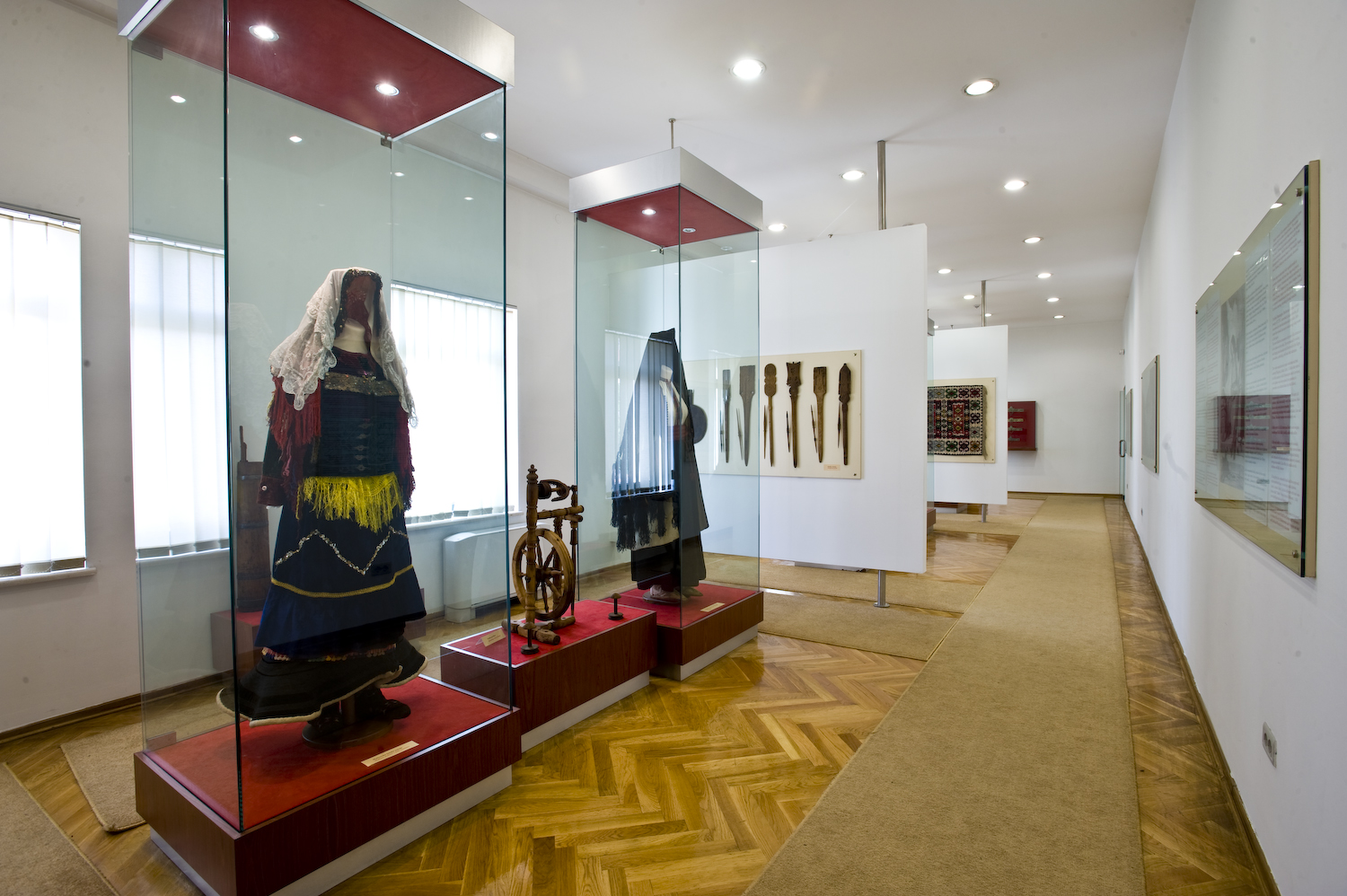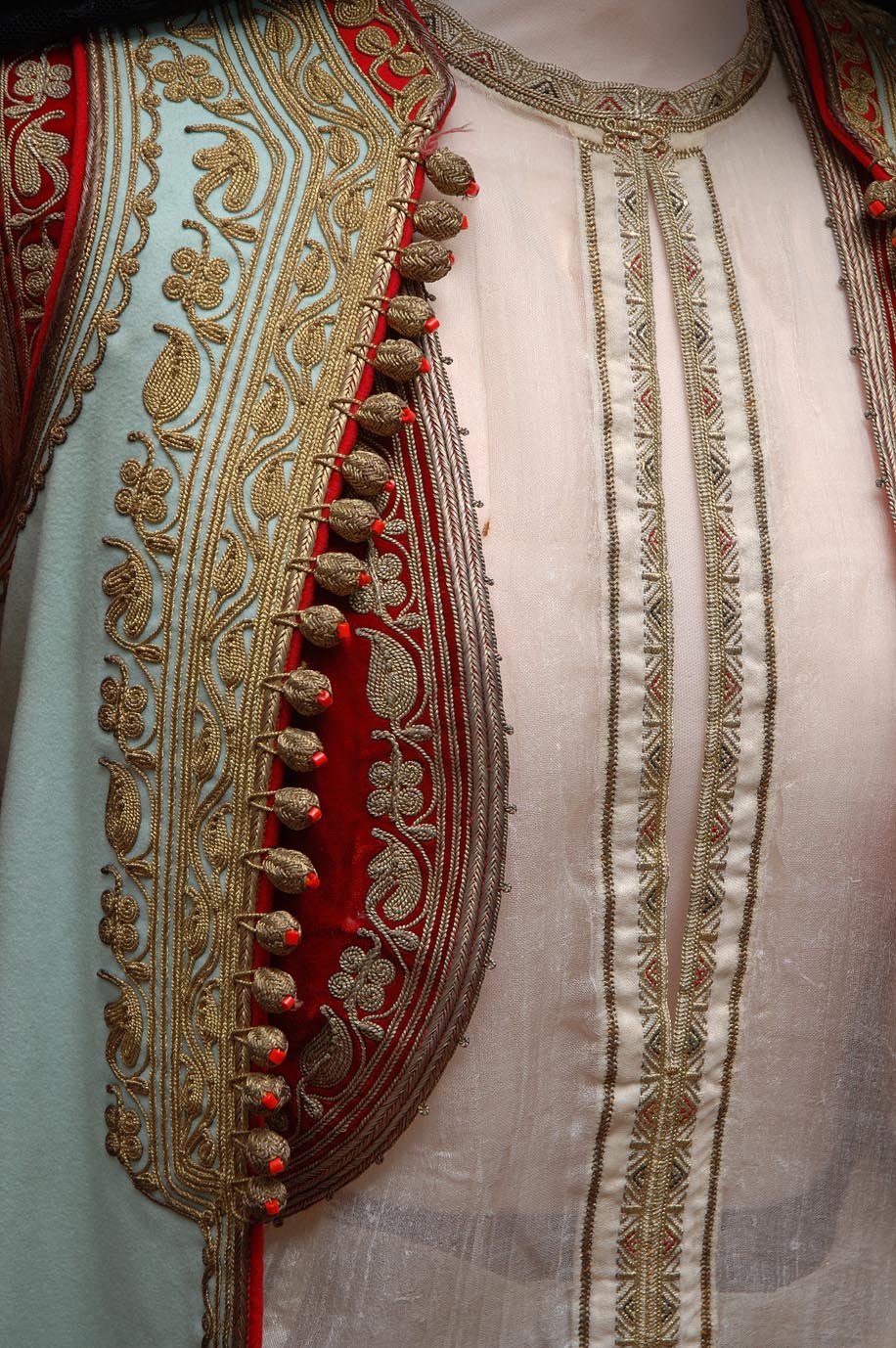Ethnographic department

In the Ethnographic Department, collections of ethnographic heritage objects from all three confessions in the Podgorica area are preserved – Orthodox, Muslim, and Catholic. They date from the 18th–to the 20th century and include folk costumes, jewelry, weapons, items from the field of folk art, a smaller number of objects related to housing culture, and other utilitarian items, often artistically designed. The folk art of this area, although distinctive, is part of folk art as a whole, especially in the regions of Southeastern Europe, as it represents a link between the Mediterranean and the Middle East, as well as the areas of Central and Western Europe in many respects.
Items from the field of ethnographic heritage are made from various materials including – wood, metal, bone, textiles, plant and animal fibers, and they are decorated with geometric motifs, vegetal, zoomorphic, and anthropomorphic representations. Among them, certain parts of Montenegrin and Muslim women's attire stand out – jackets, vests, skirts, shirts, as well as parts of Montenegrin men's attire – waistcoats, trousers, vests, richly adorned with gold embroidery.
… pod linkom opširnije
Montenegrin folk costumes mostly belong to the Dinaric type. They include everyday woolen attire and festive (ceremonial) folk costumes. According to recent findings, the origin of Montenegrin costumes is linked to the dressing culture of the rulers of medieval Zeta, with significant influences from Byzantium, Italy, and the Nemanjić state. Almost all parts of both men's and women's attire are richly decorated with embroidery. The Muslim and Catholic folk costumes also boast high aesthetic qualities, while the Malisorska women's attire, particularly the džupeleta, stands out for its refinement, characterized by its distinctive bell-shaped form..
The exhibited women's jewelry represents the pinnacle of filigree craftsmanship. This includes brooches, gilded chest details, silver belts, especially women's belts called – ćemeri, as well as men's silver buckles, crafted using casting and forging techniques and adorned with floral motifs in various styles. Jewelry, like costumes and weapons, was crafted in larger urban centers such as Podgorica, Shkodër, and Kotor.


